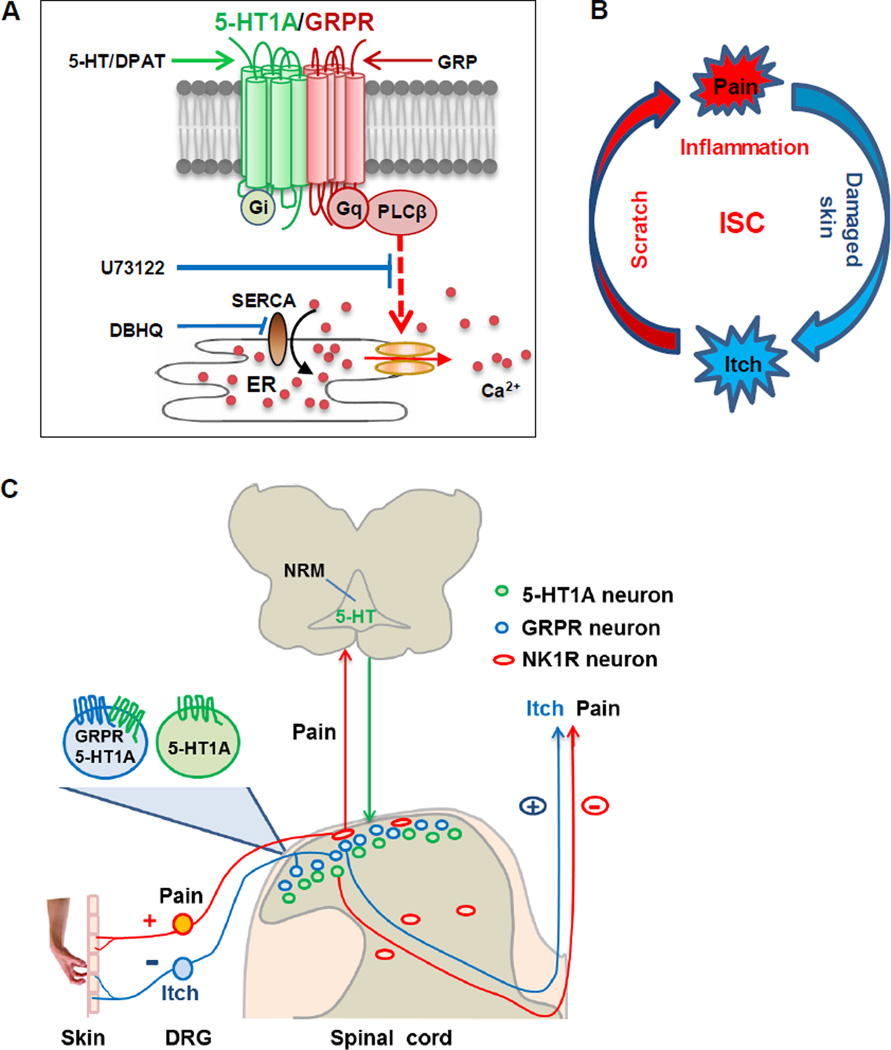Figure 8. Hypothetic Models Illustrating the Role of 5-HT/5-HT1A in the Itch-Scratch Cycle.
(A) Schematic showing signaling interactions between 5-HT1A and GRPR. Co-activation of 5-HT1A and GRPR amplifies Gq-coupled PLCβ-dependent signaling pathway, resulting in the release of Ca2+ from ER through SERCA pumps. ER: endoplasmic reticulum.
(B) Schematic that illustrates the vicious ISC. Scratching induces skin inflammation, which in turn induces more vicious itching attacks.
(C) Schematic of dual modulation of descending 5-HT signaling in pain and itch during the ISC. Scratching evokes inflammatory/mechanical pain, which results in the activation of 5-HT neurons in NRM of the brainstem. Descending release of 5-HT acts on two distinct subpopulations of neurons: one expressing 5-HT1A alone (green cells) that inhibits nociceptive processing, while the other expressing both 5-HT1A and GRPR (blue cells) that facilitates pruriceptive transmission. NRM: nucleus raphe magnus.

